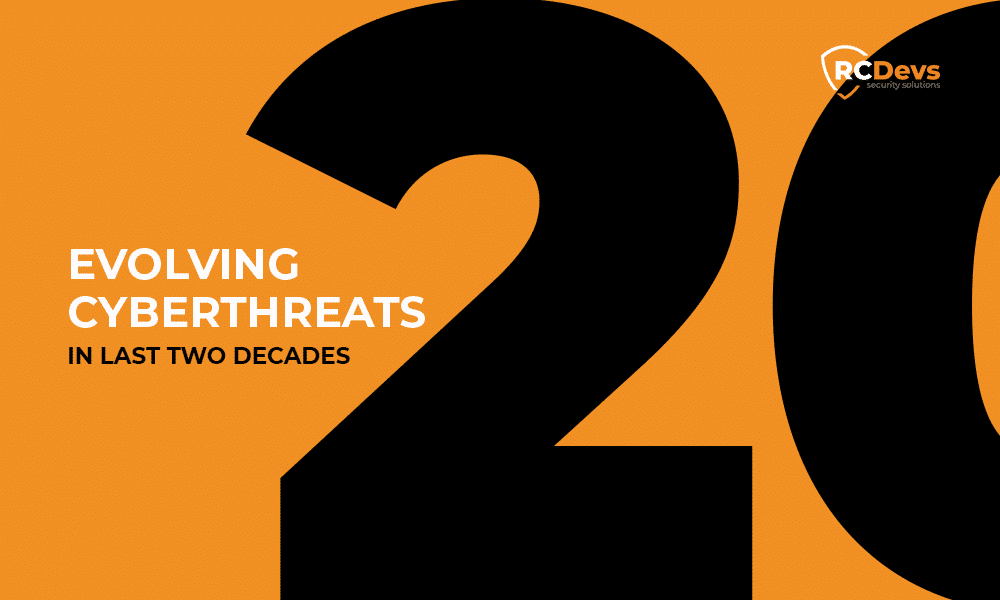
Evolving CyberThreats
Evolving CyberThreats
In the past two years, the increase of ransomware with high values and the emergence of malicious software supply chain vulnerabilities have raised security to the forefront of the list for government officials. In contrast to 20 years ago, when even extensive IT systems were comparatively standalone and straightforward, the interdependencies of systems now make dealing with and defending against threats a much more difficult proposition. Because of complexity and our interdependence, we’re not going to move away, and this is where the problem is growing.
While companies like Microsoft and others have introduced major adjustments, the vulnerabilities are fundamentally present. Additionally, the attack area present today is not just larger than before. Additionally includes Internet-of-Things (IoT) devices that, in contrast to laptops, mainframe computers, and smartphones, can be hard to upgrade from a security viewpoint.
A major change since two decades ago has been the shift in the character of cybercrime. The barriers to access are minimal, and cybercrime is now a service. The world is particularly concerned about nation-states that create the illusion of a secure and secure environment for criminals to work within.
Another major element that has drastically changed the nature of cyber-security risk in society is COVID-19. The sudden shutdown of workplaces and the subsequent lockdown of everybody into their homes forced almost immediately fundamental changes in how vast areas of society deal with cybersecurity risks.
The shift in the company secure perimeter accelerated by the Covid crisis and the explosion of connected objects increased the challenges in terms of cybersecurity. According to consulting firm Gartner, “there are currently 25 billion connected objects worldwide. More than 40% of them are used in health, a particularly critical sector.” Despite these challenges, not all manufacturers give the same importance to IT security. This means that companies need to have full perimeter access control to their resources, securing their users, devices, or networks.
Reference: CSO

